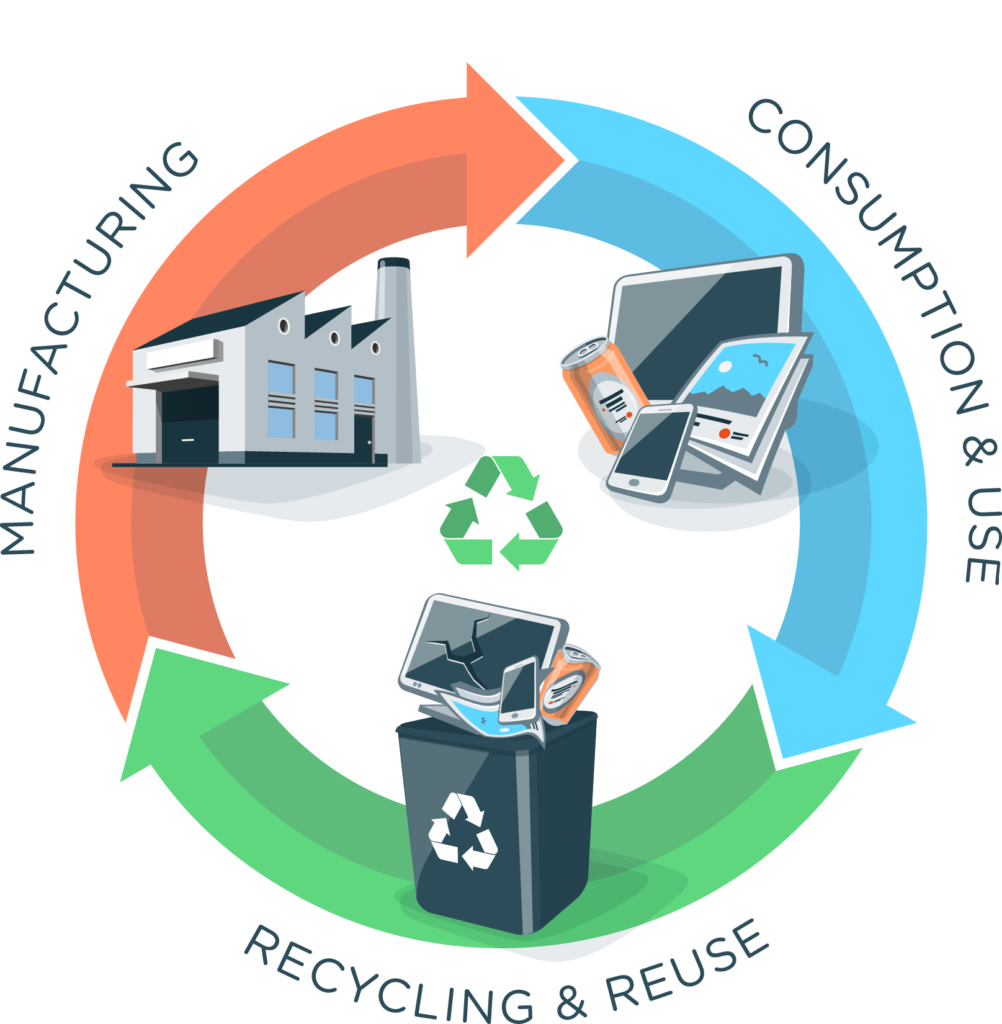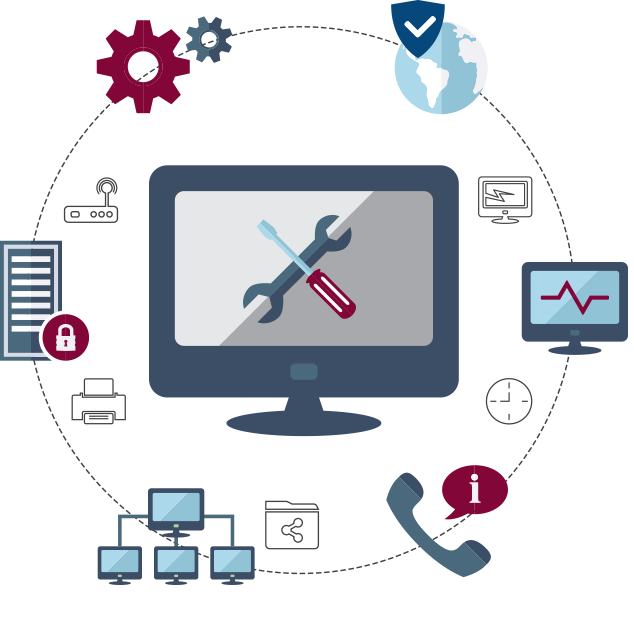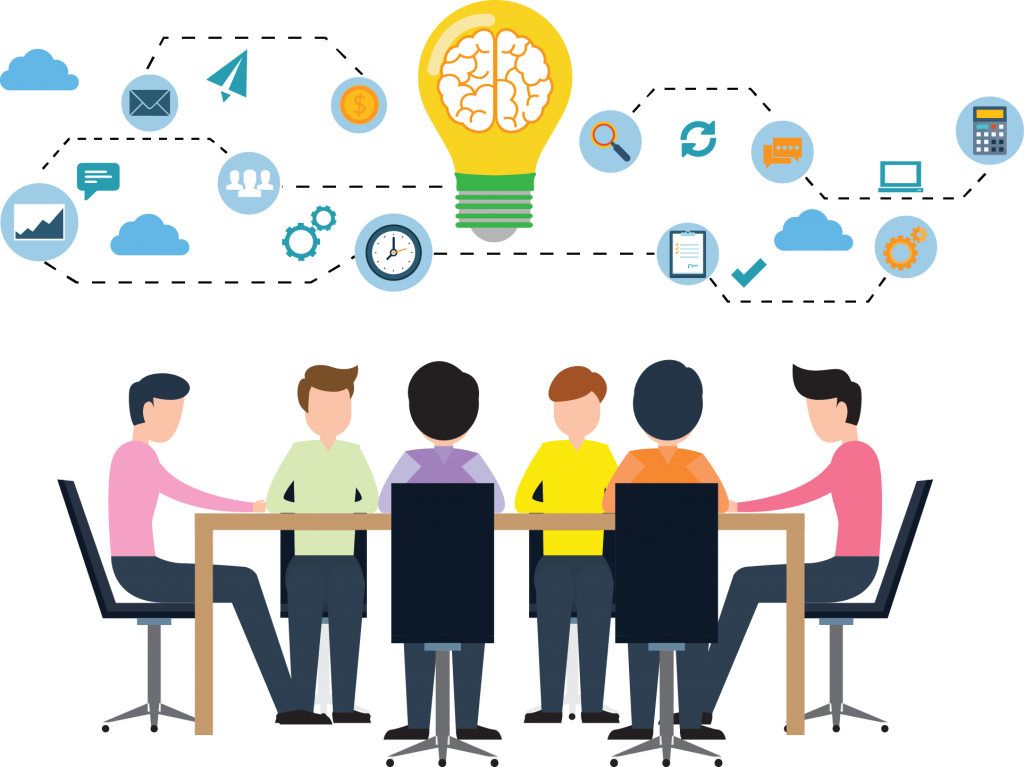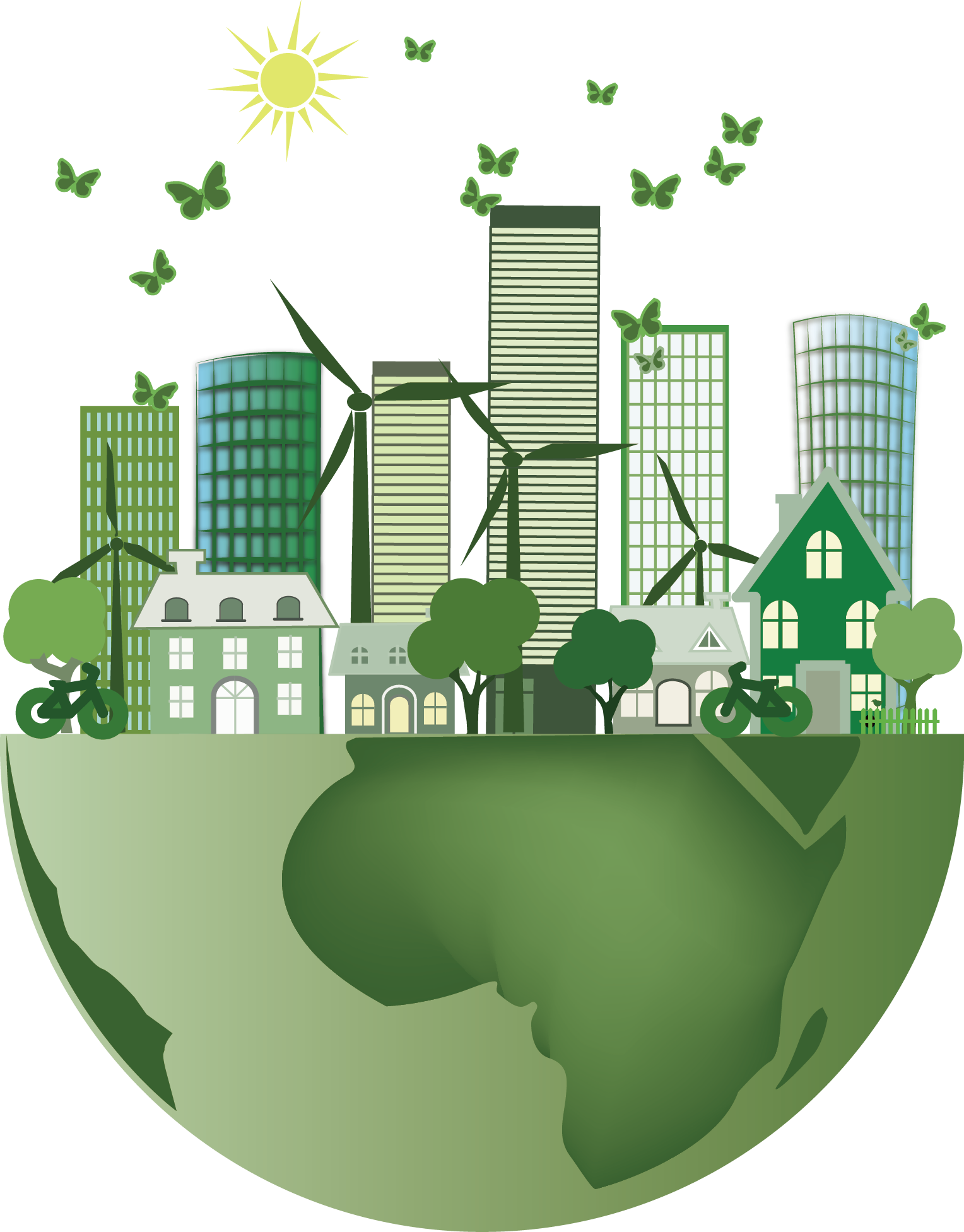The shift towards a circular economy is transforming industries worldwide, focusing on sustainability by minimizing waste and making the most of resources. Unlike the traditional linear economy model of “take, make, and dispose,” the circular economy aims to keep resources in use for as long as possible.
In addition, it seeks to extract the maximum value from these resources and then recover and regenerate materials at the end of their service life. Consequently, this approach not only reduces waste but also fosters sustainability and resource efficiency throughout the entire lifecycle of products.
In a world increasingly aware of environmental issues, the circular economy offers a transformative approach to sustainability. Emphasizes designing out waste, keeping products and materials in use, and regenerating natural systems. Technology is at the heart of this transformation, enabling businesses to embrace sustainability and drive innovation.

Understanding the Circular Economy
We continually cycle resources back into the production process instead of discarding them. This approach minimizes waste, reduces the extraction of new raw materials, and maximizes the value of resources. For businesses, transitioning to a circular model not only benefits the environment but also opens up new opportunities for growth and efficiency.
The Circular Economy: A Shift Towards Sustainability
We extend the lifecycle of products through practices such as reuse, recycling, re-manufacturing, and refurbishment. This model fosters innovation in design and processes, allowing businesses to not only reduce waste but also create additional value. However, shifting from traditional methods to a circular approach requires integrating technology at every stage.

How Technology Supports a Circular Economy
The transition to a circular economy is significantly bolstered by advancements in technology, which play a crucial role in enhancing resource efficiency, extending product lifecycles, and reducing waste. Here’s how various technologies contribute to this sustainable model:
1. Digital Platforms and IoT for Resource Management
IoT and smart devices can track and monitor the lifecycle of products in real time. Sensors and connected devices provide valuable data on the usage, wear, and condition of products, allowing businesses to optimize resource usage and reduce unnecessary waste. IoT systems can streamline the collection process, improving efficiency and reducing environmental impact.
2. Automation and AI for Waste Reduction
Automation and artificial intelligence (AI) can analyze data and identify patterns that lead to more efficient production processes. AI-driven systems can predict maintenance needs, reducing downtime and extending the lifespan of machinery. Predictive maintenance not only reduces waste but also lowers operational costs by preventing breakdowns and the need for new components.
3. Blockchain for Transparency and Traceability
Blockchain technology ensures transparency in supply chains by securely recording transactions and material flows. This traceability helps businesses track the origin, movement, and lifecycle of resources, ensuring compliance with sustainability standards. Blockchain also supports closed-loop systems by enabling us to trace materials back to their source and return them for reuse or recycling.
4. Circular Product Design with Advanced Manufacturing
Advanced manufacturing technologies, such as 3D printing and additive manufacturing, enable designers to create products with circularity in mind. Moreover, modular designs make it easier to disassemble and recycle products, while 3D printing minimizes material waste by using only what is needed. These technologies, therefore, facilitate repair and refurbishment. Consequently, they make it easier to extend the lifespan of products.
5. Digital Products
Digital products are another groundbreaking technology enhancing the circular economy. These digital records contain detailed information about a product’s materials, components, and end-of-life instructions. By scanning a product consumers and recyclers can access crucial data, facilitating better recycling processes and informed decision-making about product disposal or repurposing.
6. Advanced Recycling Technologies
One of the most impactful tech solutions for the circular economy is advanced recycling. Traditional recycling methods often struggle with separating and processing mixed-material products. However, innovations such as automated sorting systems using AI and robotics, as well as chemical recycling techniques, are making it easier to recover and reuse materials from complex waste streams.

Real-World Applications and Success Stories
Several businesses have already adopted circular economy models with the help of technology. For instance, companies in the manufacturing sector are using digital platforms to monitor and manage material flows. As a result, they are reducing waste and, consequently, enhancing recycling processes. In the consumer electronics industry, businesses are leveraging AI and IoT to offer device leasing programs where products are returned, refurbished, and reintroduced into the market.
The Business Case for a Circular Economy
Transitioning to a circular economy is not just about environmental responsibility; it’s also a smart business strategy. Specifically, by optimizing resource use, businesses can reduce costs and, moreover, create new revenue streams through secondary markets, such as selling refurbished products. Furthermore, as consumers increasingly prioritize sustainability, it becomes crucial for brands to align with these values in order to remain competitive. Consequently, by embracing a circular economy, businesses not only benefit the environment but also, in turn, enhance their performance and, as a result, improve their market positioning.
Embracing the Future: Technology-Driven Circularity
As we move towards a more sustainable future, the integration of technology into circular economy practices will be crucial. By leveraging IoT, AI, blockchain, and other digital tools, businesses can achieve greater efficiency, minimize waste, and contribute to a regenerative economy. The shift to circularity is not just an environmental imperative but a pathway to long-term business success and resilience in an ever-changing market.

The Road Ahead
The transition to a circular economy is a collective effort that requires innovation, collaboration, and a shift in mindset. As technology continues to advance, its role in facilitating this transition will only grow. Embracing these tech solutions not only supports environmental sustainability but also, in addition, opens up new opportunities for economic growth and, consequently, enhances resource efficiency.
By investing in and adopting these innovative technologies, businesses and consumers alike can contribute to a more sustainable future where waste is transformed into wealth and resources are continuously cycled to create lasting value.
Conclusion:
The circular economy is transforming how businesses operate, and technology is the driving force behind this shift. By adopting digital solutions, companies can achieve sustainability while remaining competitive. As we continue to innovate and refine these technologies, the possibilities for a truly sustainable, circular economy are endless.
The future belongs to businesses that can adapt to this new reality, where technology and sustainability go hand in hand.
Stay tuned for more insights and updates from Aliter Solutions as we navigate the ever-evolving world of IT. Together, we can embrace the future and drive innovation.
Contact Aliter Business Solutions today and see how we can help your business operations!
+91 93222 55561 / +91 82004 60397
For more insights, you can explore Aliter’s blog where they discuss various topics related to Industry 4.0, ERP, IoT, and more.


